-
 (L.: ©Shinagawa City / R.: ©Ville de Genève)
(L.: ©Shinagawa City / R.: ©Ville de Genève)
-
 Geneva, Switzerland (©Ville de Genève)
Geneva, Switzerland (©Ville de Genève)
-
 Shinagawa City, Tokyo (©Shinagawa City)
Shinagawa City, Tokyo (©Shinagawa City)
Shinagawa ― Geneva (1991)
Kanto | Shingawa City
City Partnerships
The incredible ordeal of a sacred bell in the late 19th century led to the twinning of a Tokyo special ward and Switzerland’s most international city.
From stopover to economic center
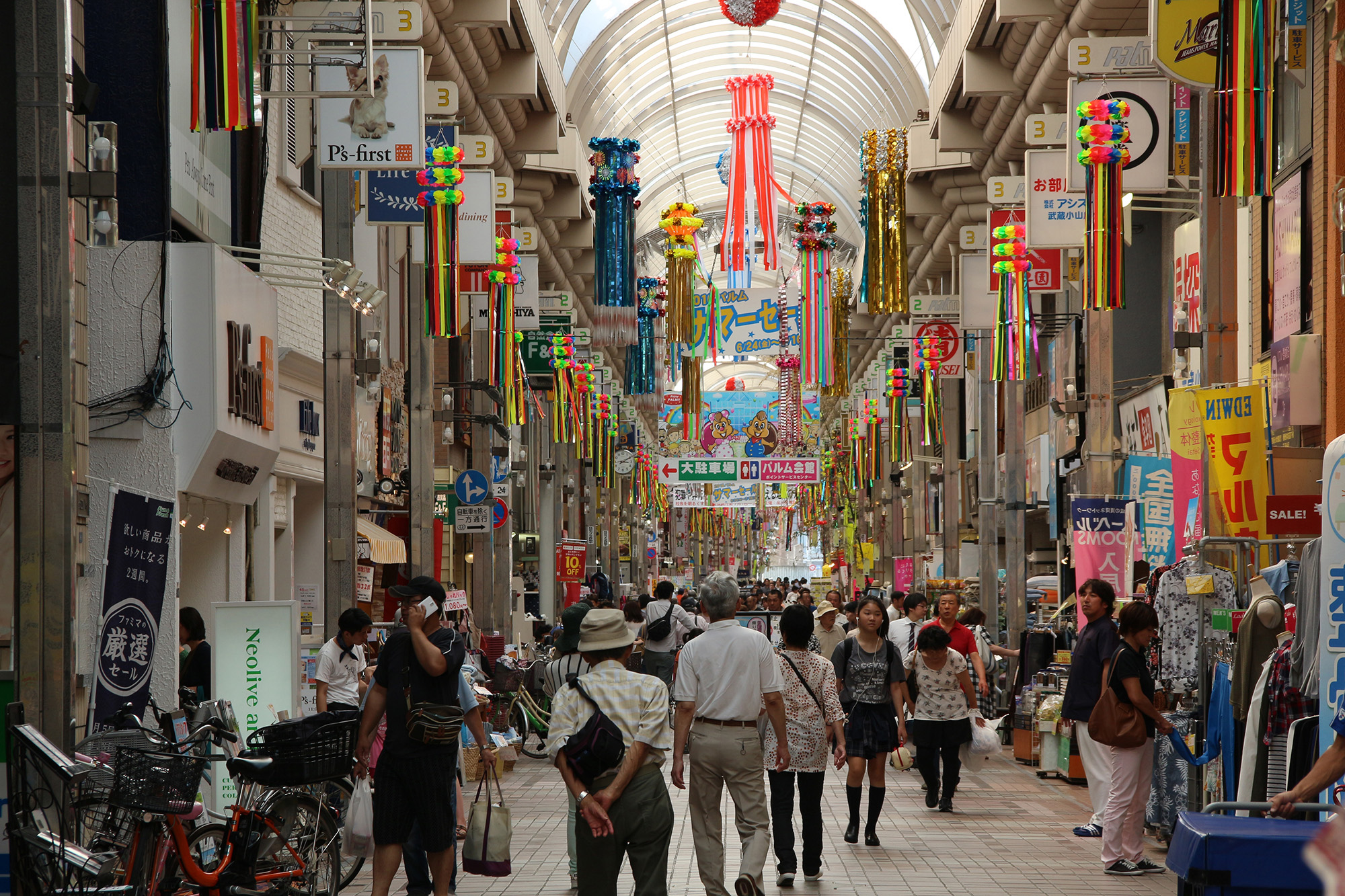
Musashi Koyama Shopping Area (©Shinagawa City)
Formerly known as the first of the 53 “post stations” of the Tokaido route between Edo and Kyoto in the early 17th century, Shinagawa has long been absorbed by Tokyo. Today, many of its rustic buildings have been replaced by tall modern buildings, proud symbols of the capital’s dynamic economy.
Aside from its eponymous train station (located in Minato-ku), the special ward still offers wide arrays of local shops, museums (e.g. Hara Museum of Contemporary Art), and local shrines and temples. Among the latter, the most famous is probably Honsen-ji Temple, the history of which happens to have laid out the foundations of one of the liveliest and most inspirational sister-city partnerships between Swiss and Japanese people.
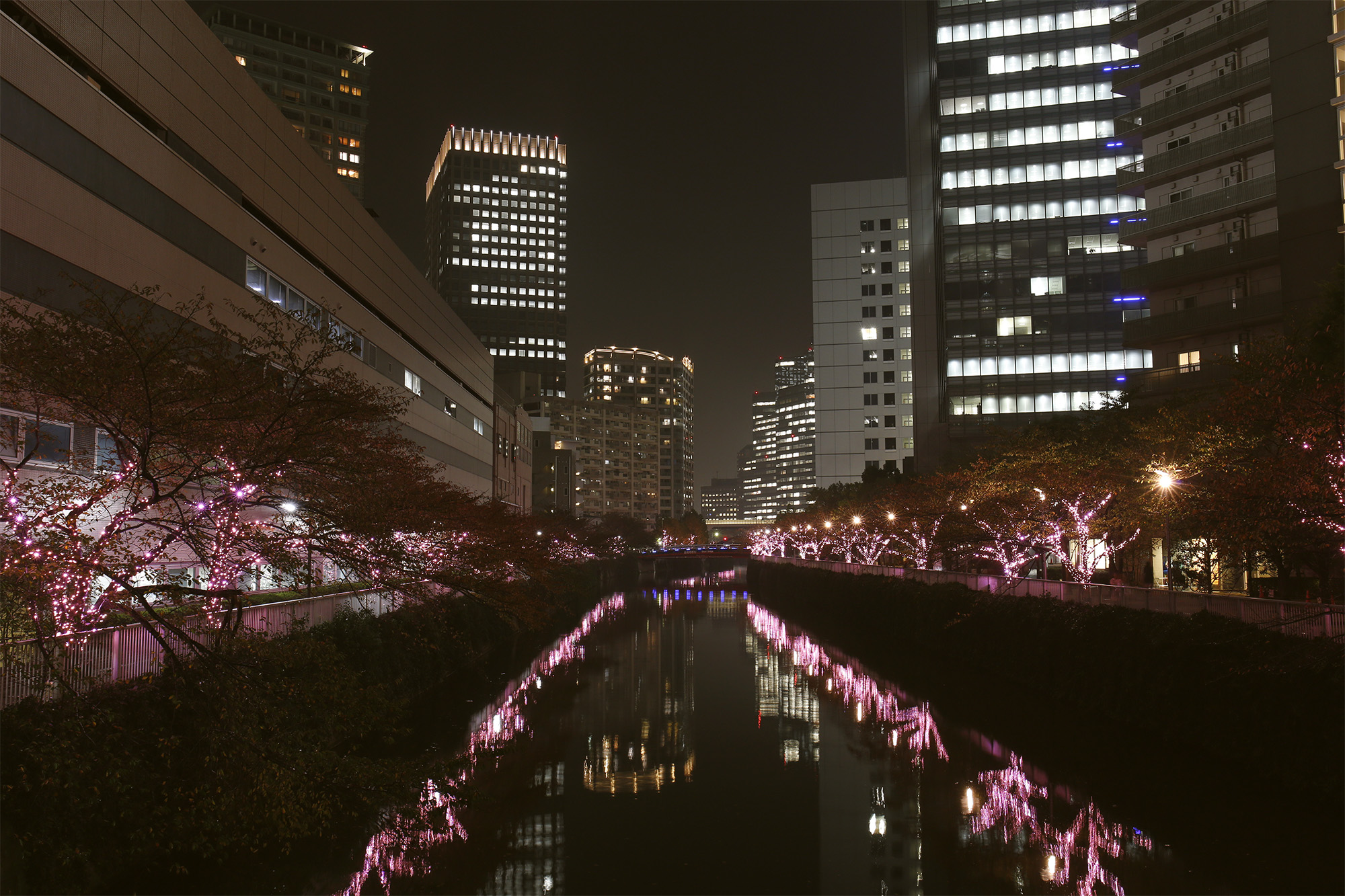
Meguro River Illuminations (©Shinagawa City)
The tale of the Honsen-ji Bell
In 1867, Japan was in the midst of tremendous political changes. That year, Honsen-ji Temple, a Shingon temple of the Daigo-ji lineage (Kyoto), was destroyed by a fire and its 200-years old brazen bell was lost, to the great despair of local inhabitants. Six years later, it resurfaced in a foundry in Aarau, Switzerland, where it was acquired in extremis by Gustave Revilliod (1817–1890), an art collector. The bell was put in permanent display in the park of the Ariana Museum, his property in the city of Geneva.

Ariana Museum, Geneva
In 1919, thanks to the tip of a Japanese student, the bell of Shinagawa’s Honsen-ji temple was formally identified by Japanese diplomats, and negotiations for its restitution to Shinagawa began with the local city council. At the time, the Swiss city had already started its mutation into one of the world’s top diplomatic capitals.
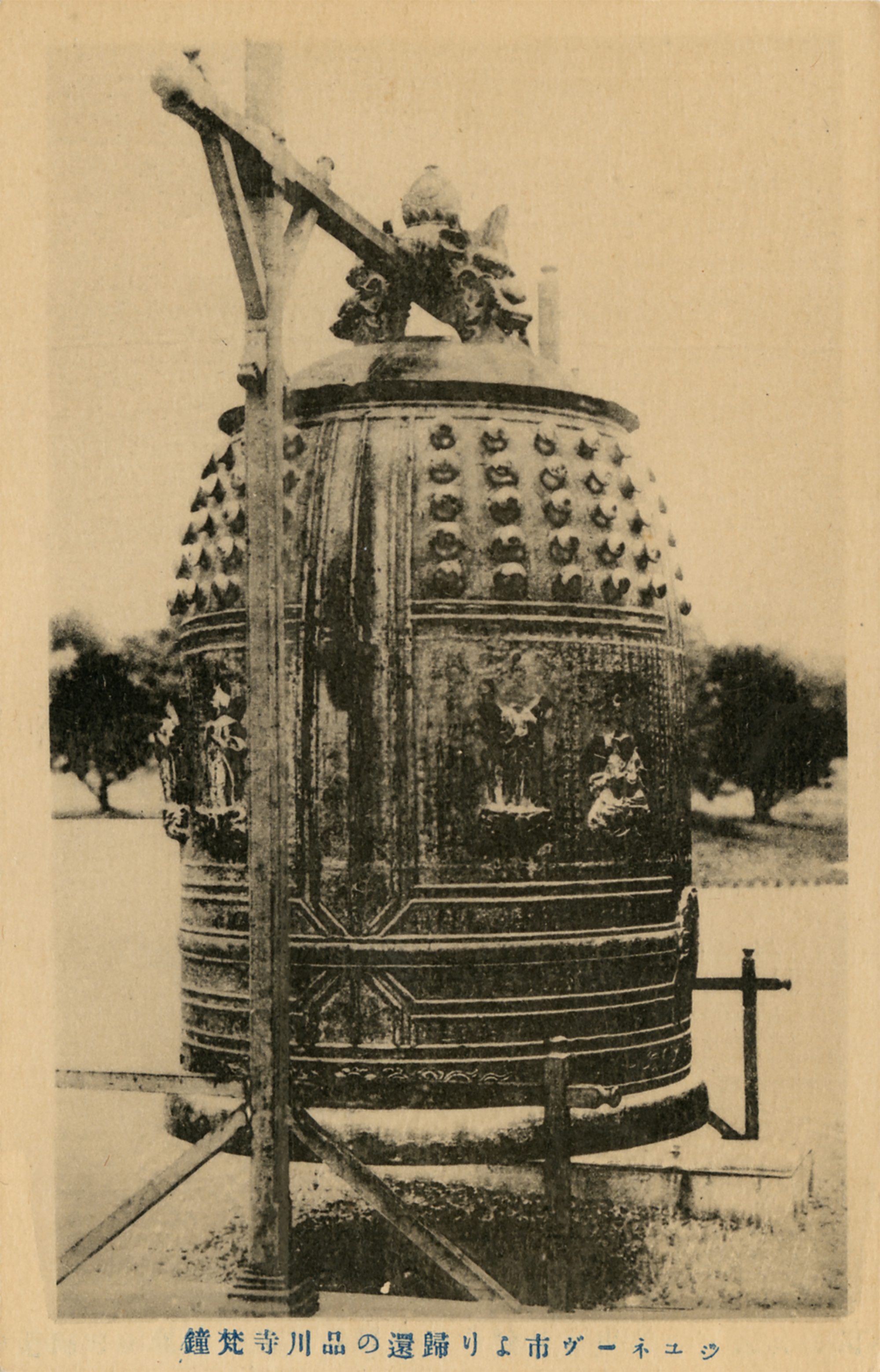
The original Bell in Geneva, circa 1873 (©Shinagawa City)
International Geneva
Symbolized by its 140-meters-high water jet on the shores of the Alps’ biggest fresh water lake, Geneva is Switzerland’s second largest metropolis, and one of the cities with the highest standards of living in the world. Its mountainous sceneries are best enjoyed from the area’s numerous quays, lakeside promenades, parks, and water taxis.

Lake Geneva and the St. Pierre Cathedral (©Ville de Genève)
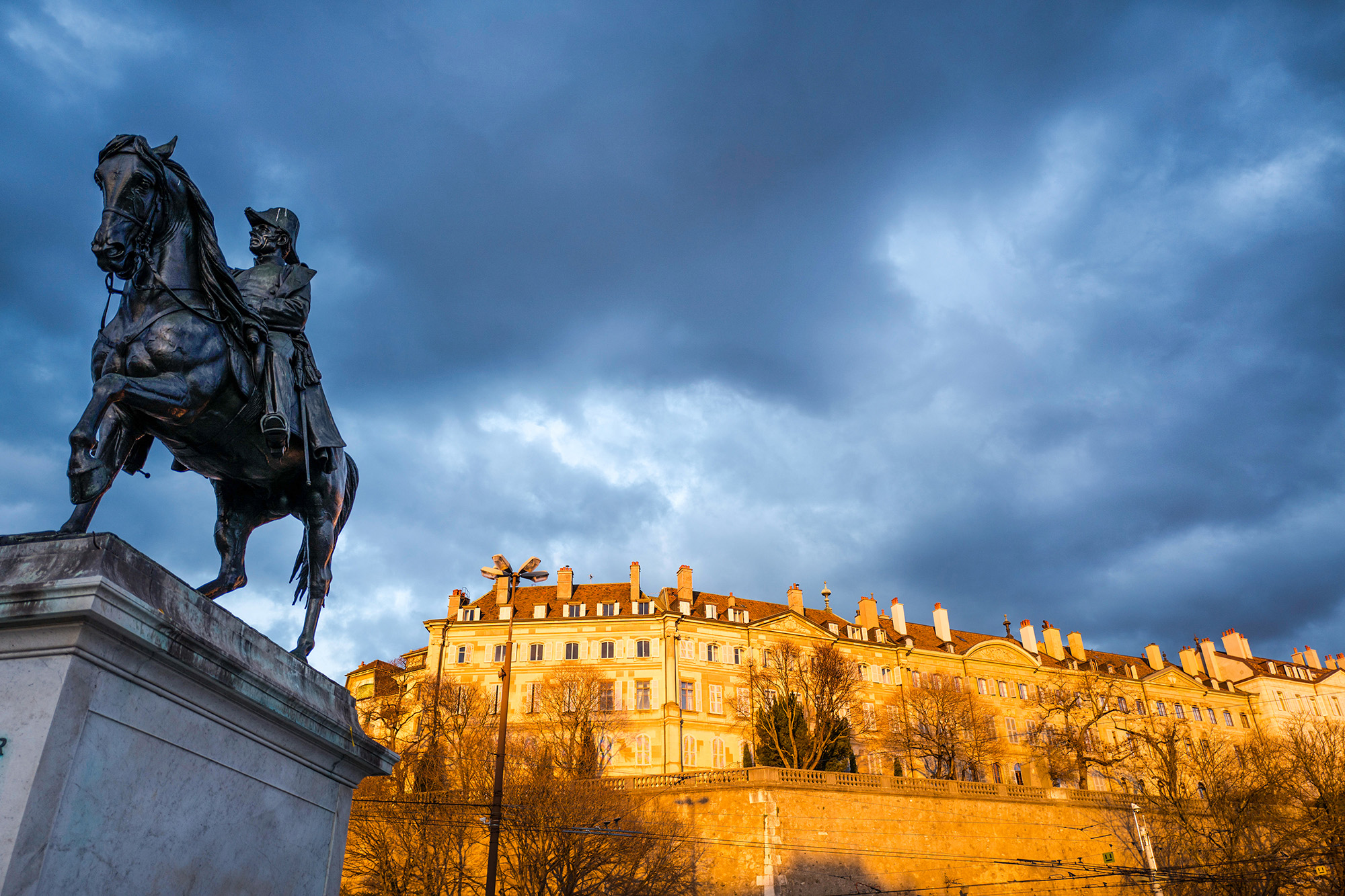
Place de Neuve, Geneva (©Ville de Genève)
Geneva has a rich historical past and a vibrant culture. From the St. Peter’s Cathedral to the Reformation Wall, many are the reminders of the city’s role in the Reformation. The Middle-Age atmosphere of the old town, where philosopher Jean-Jacques Rousseau was born, has also been faithfully preserved. Nowadays, renowned international artists perform in Geneva’s concert halls, and diverse museums such as the Patek Philippe Museum (watchmaking history) and the Musée d’art et d’histoire display the many facets of Switzerland’s traditions.
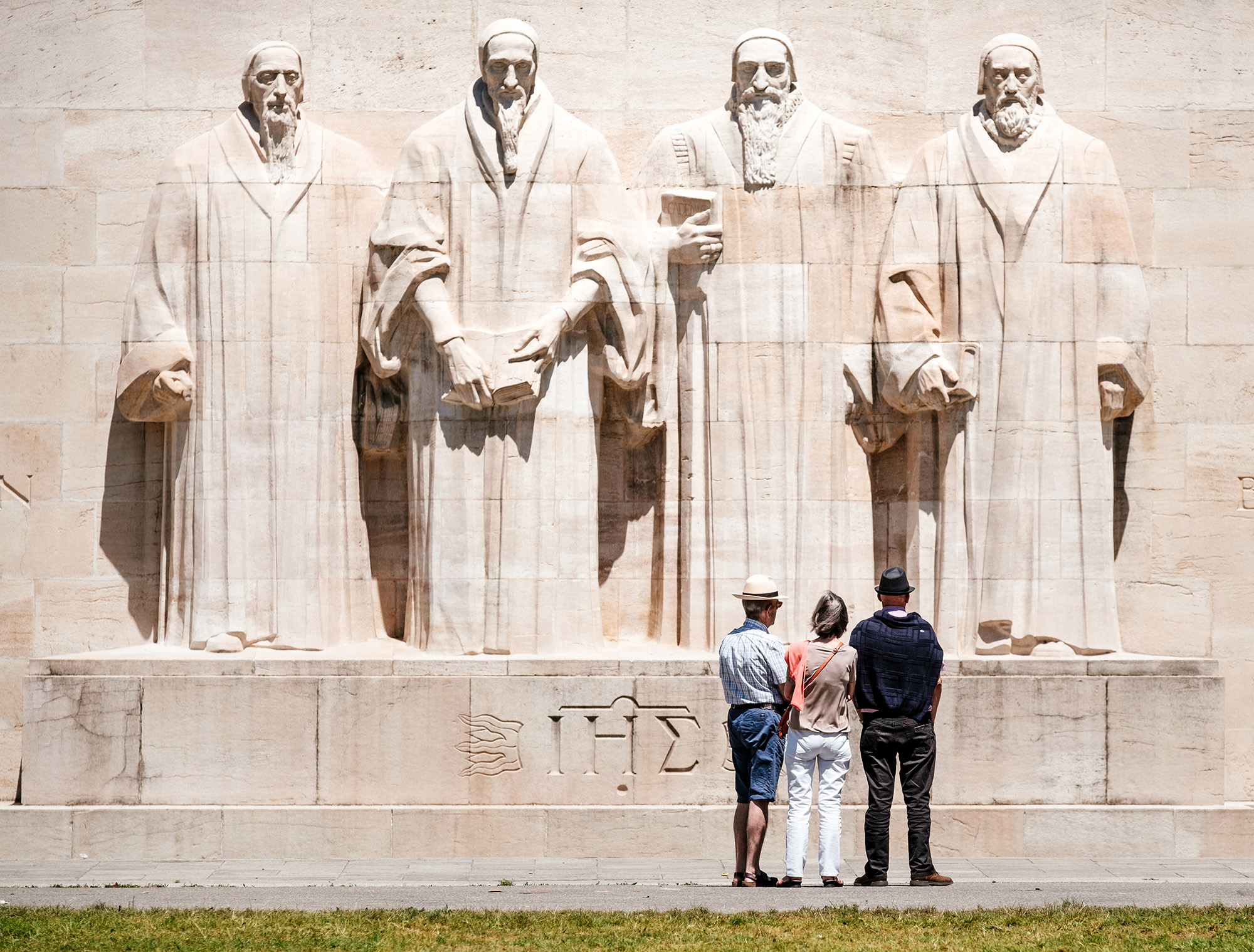
Reformation Wall, Geneva (©Ville de Genève)
Finally yet importantly, Geneva is an historic hub for international diplomacy. Its long humanitarian tradition and its cosmopolitan flair have earned it the nickname of “Capital of peace”. From the International Committee of the Red Cross -founded by Henry Dunant in 1863- to the Headquarters of the United Nations in Europe (formerly League of Nations), the city is currently home to over 200 top international organizations. Some of them, such as the International Red Cross and Red Crescent Museum, offer interactive exhibitions for all visitors to enjoy.
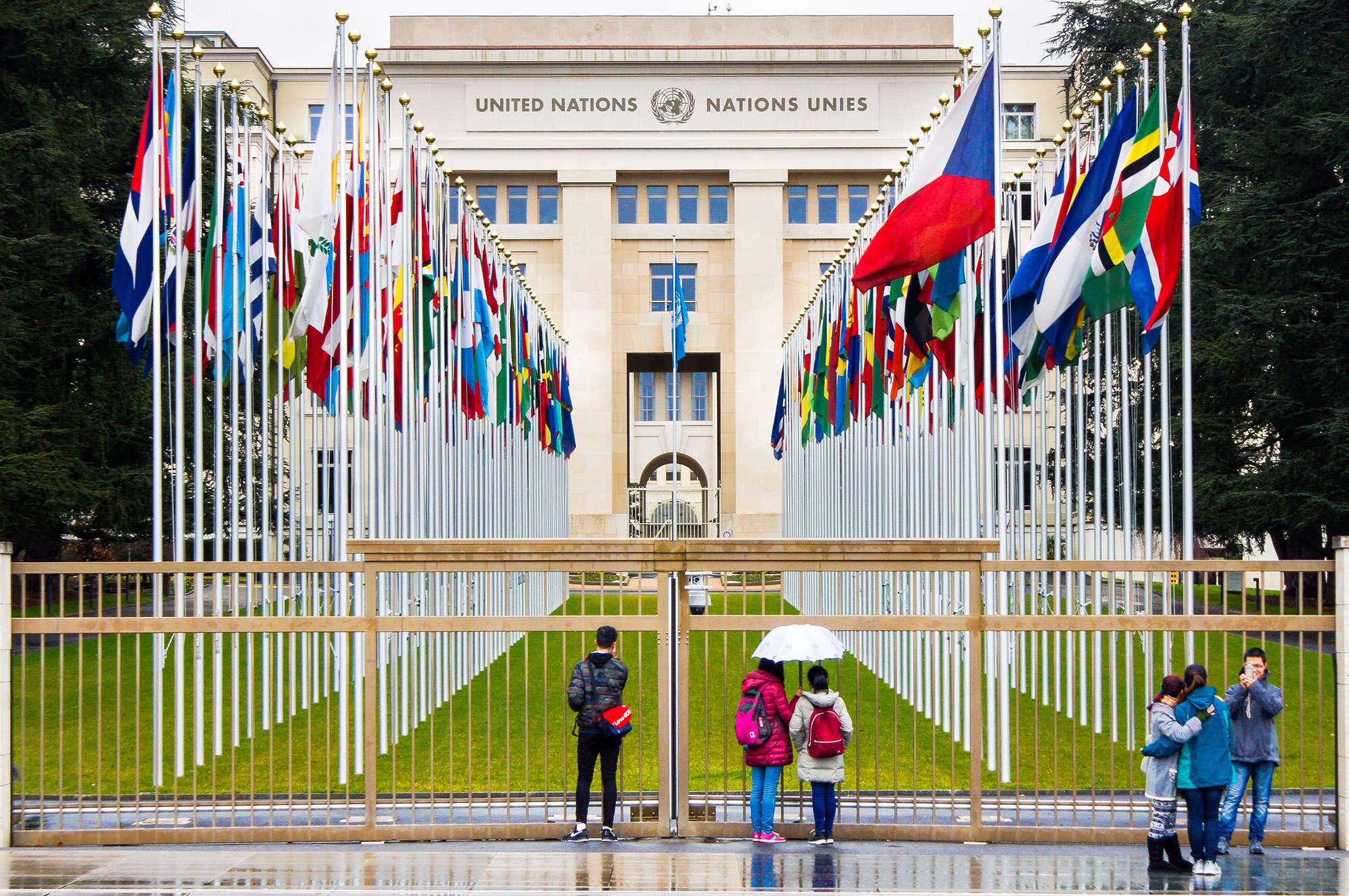
The United Nations Office at Geneva (©Ville de Genève)
Two continents, same ringing
In 1930, Genevan authorities agreed to return the sacred bell, which made its triumphal come back to the Honsen-ji. Head priest Junkai Nakada believed that was the newfound presence of the relics protected the temple from the bombings in Tokyo during the Asia-Pacific War.

May 5, 1930: the Bell returns to Shinagawa (©Shinagawa City)
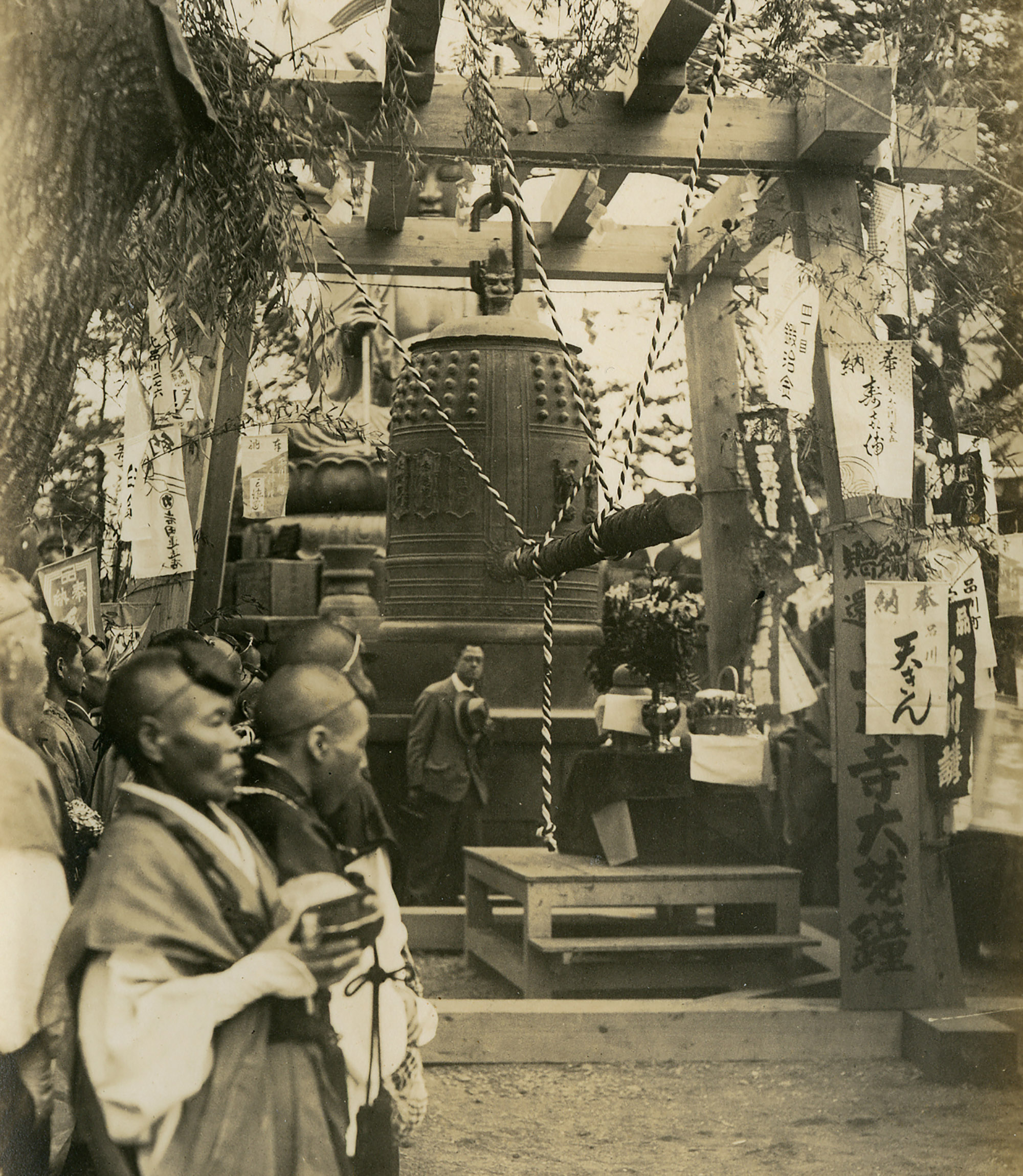
May 5, 1930: the Bell returns to Shinagawa (©Shinagawa City)
Decades later, in 1976, Junna Nakada, son of Junkai, started gathering funds for a long-time family project: offering an exact replica of the bell to the citizens of Geneva as a token of gratitude. In autumn 1991, monks and inhabitants of Shinagawa traveled to Geneva to offer the new bell -which reclaimed its position in the park of the Ariana museum, and the two governments signed a friendship charter on September 9. The following year, the Geneva-Shinagawa Friendship Association was created to support cultural, economic, touristic and sports-related exchanges between the two cities.
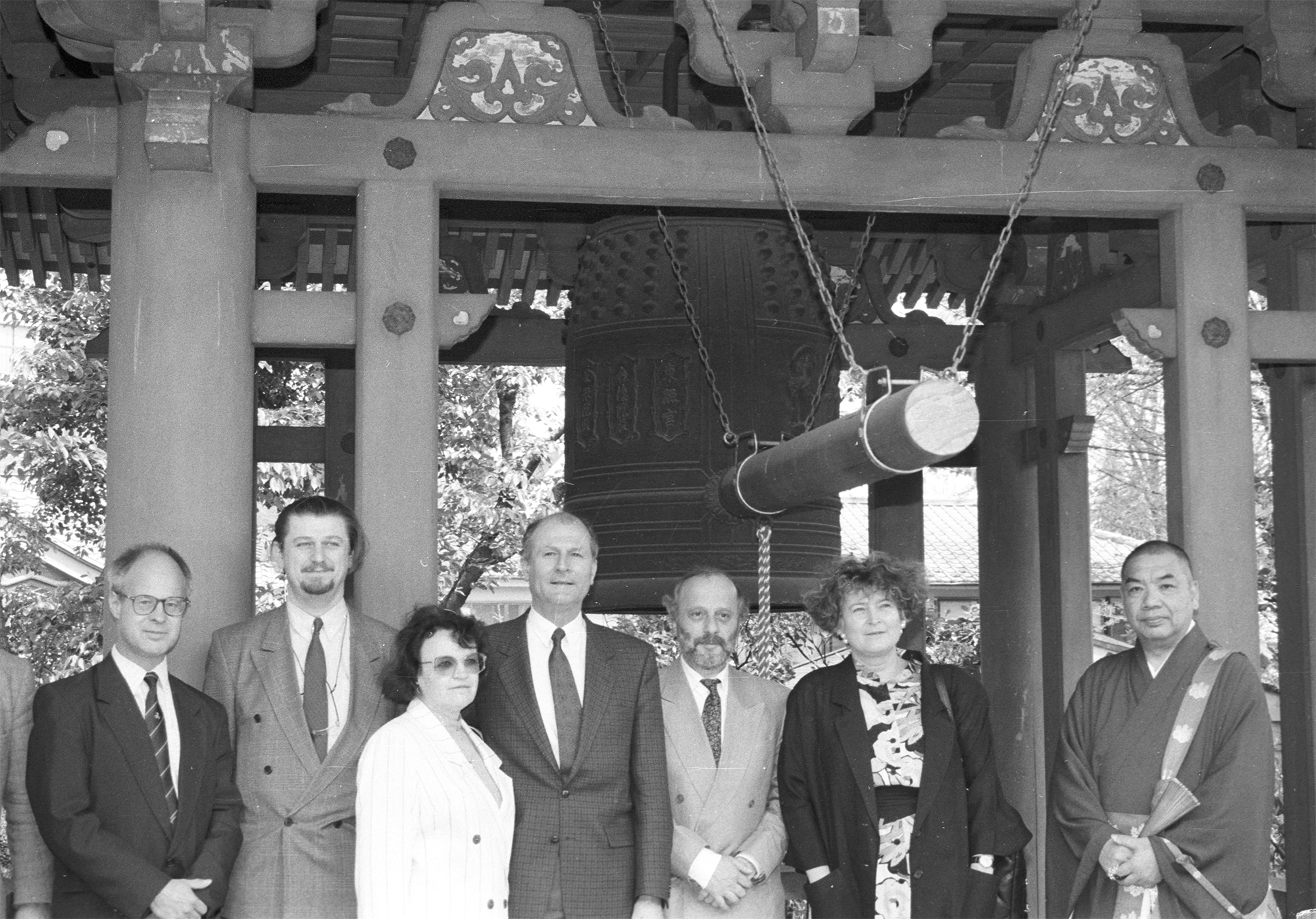
1991: the copy of the Bell arrives in Geneva (©Shinagawa City)
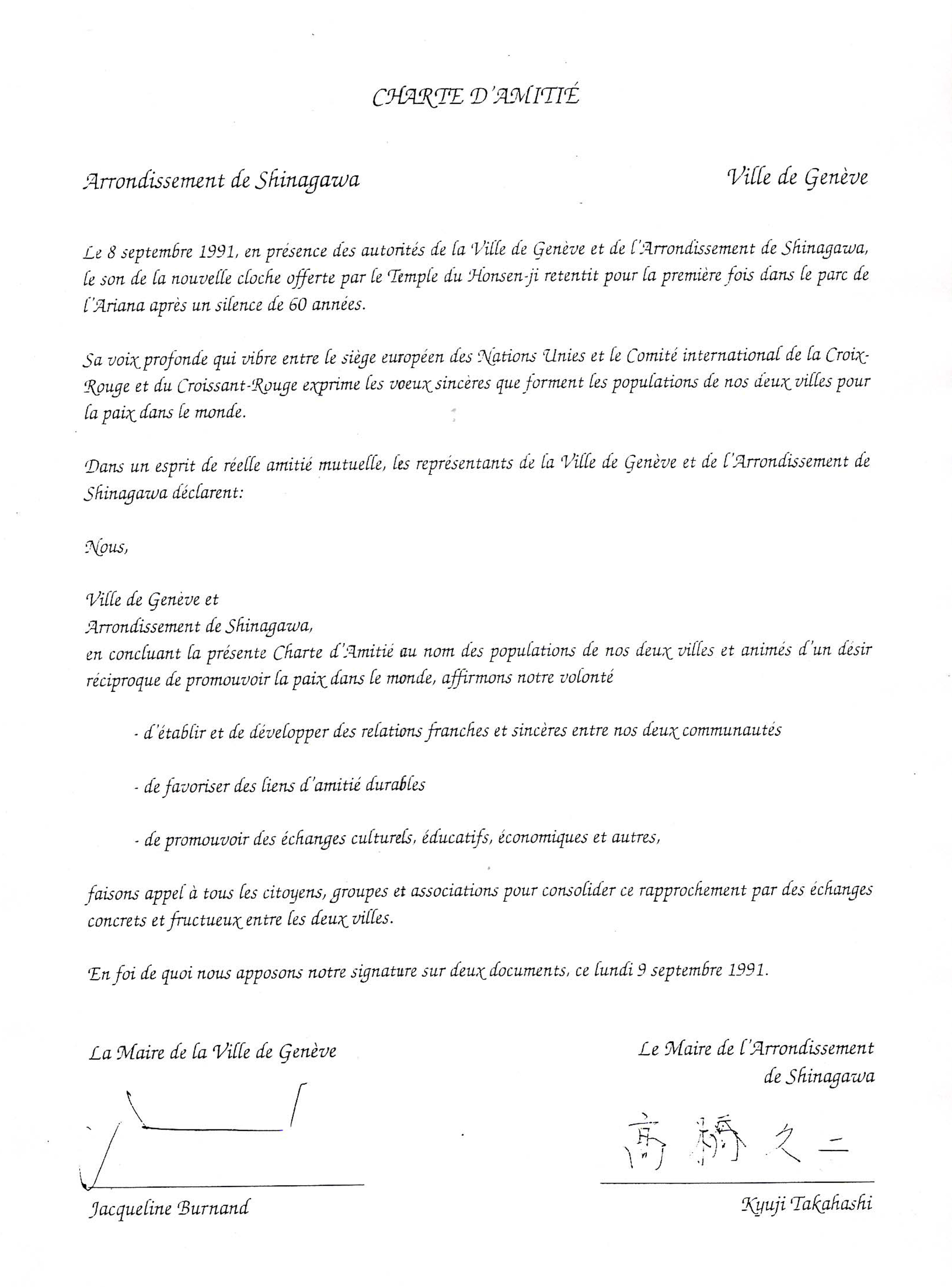
September 8, 1991: signature of the friendship charter (©Geneva-Shinagawa Friendship Association)
Since then, visits of large delegations have taken place every couples of years, numerous students have annually been given the chance to travel to Japan and Switzerland for homestays with local families, and the daily ringing of the bells have reminded citizens of both countries of the moving friendship between Geneva and Shinagawa.

2014: 25th anniversary ceremony (©Geneva-Shinagawa Friendship Association)

2014: 25th anniversary ceremony (©Geneva-Shinagawa Friendship Association)



